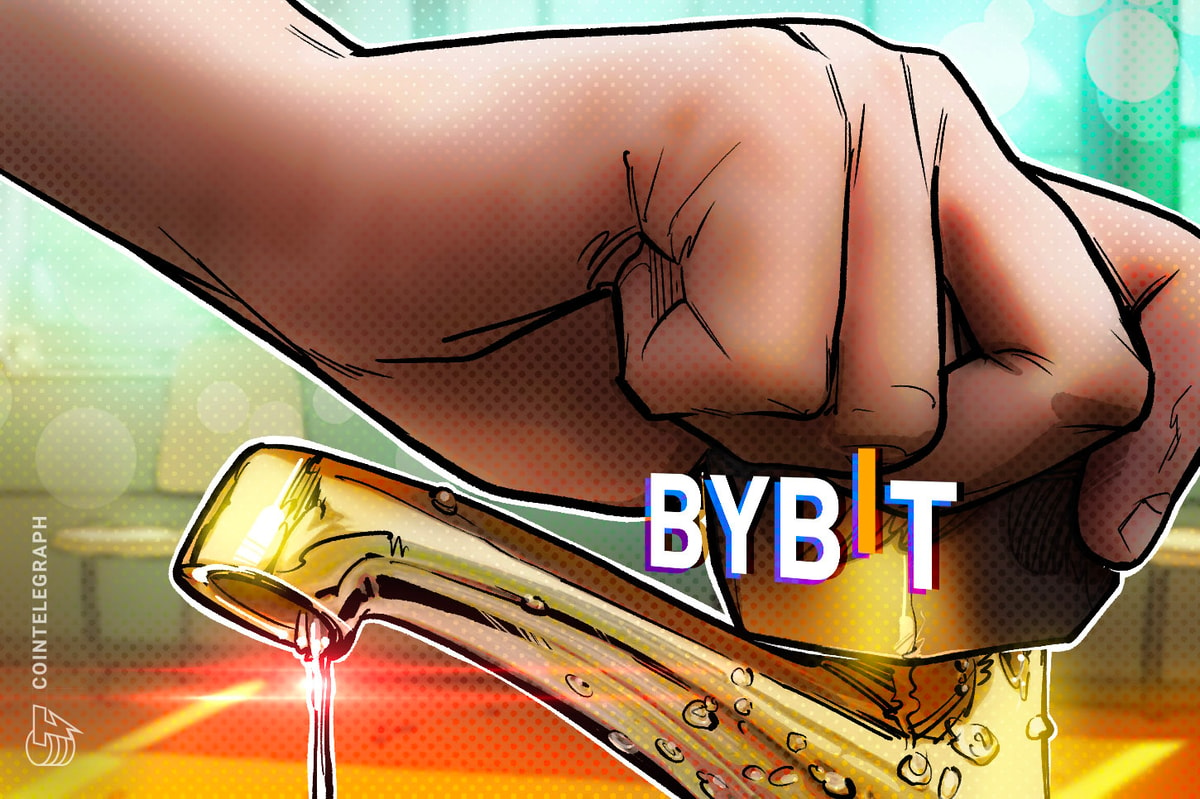This 2024 prediction of mine came true sooner than I expected, as first reported by Matthew Ball this morning:
According to leading Roblox analytics service RTrack, Roblox had an estimated 354 million monthly active users in December 2023. That's an addition of 54 million from last June, when RTrack estimated Roblox to have 300 million MAU. A knowledgeable insider I trust tells me RTrack is a reliable service, by the way, so I'm inclined to believe these figures as roughly accurate — especially as they're in line with the company's publicly reported daily active users of 70 million.
In other words, yes: Roblox now has more monthly active users worldwide than the USA has people. (I.E. 336 million, give or take.)
Roblox the company has moved away from calling itself the Metaverse in the last year or two — likely to avoid the negative connotations created by failed usages of the term by Meta and various web3 startups — but did indeed describe itself as the metaverse in its very IPO filing:
Some refer to our category as the metaverse, a term often used to describe the concept of persistent, shared, 3D virtual spaces in a virtual universe. The idea of a metaverse has been written about by futurists and science fiction authors for over 30 years. With the advent of increasingly powerful consumer computing devices, cloud computing, and high bandwidth internet connections, the concept of the metaverse is materializing.
Given its record user growth, however, the term may soon be synonymous with Roblox itself.
Unsurprisingly, several developers and content creators who got their start with Second Life are now working full-time for Roblox (either for the company or on the UGC side). Richard Nelson, who was an engineer at Linden Lab for nearly 20 years, is now a senior dev at Roblox. In my book, he described some of the secrets to the platform's success:
There are several things about the release process at Roblox that are worth emulating. We follow a regular cadence of shipping a new release every week. This makes it faster to get new features and bug fixes in our users hands. We combine this with the discipline of using "feature flags" for all functionality, which means we can immediately disable any new code we ship if it turns out to have problems. This safety net is incredibly valuable in that it allows us to avoid most emergency releases and keep the platform stable and reliable.
I also think there is a lot to be said for a dedicated creation tool targeted specifically at the portion of users who want to create, like Roblox Studio. One of the immediate benefits as compared to the Second Life approach is that it allows you to streamline the client interface for non-creators. It also makes building a dynamic experience a lot easier, as you don't have to worry about objects changing state underneath you as you edit (like that physical object that rolled to the bottom of the hill).
Hat tip: Jon Radoff, citing VC Brian Cho.
Read More: nwn.blogs.com








 Bitcoin
Bitcoin  Ethereum
Ethereum  Tether
Tether  XRP
XRP  Solana
Solana  USDC
USDC  Dogecoin
Dogecoin  Cardano
Cardano  TRON
TRON  Lido Staked Ether
Lido Staked Ether  Wrapped Bitcoin
Wrapped Bitcoin  Toncoin
Toncoin  Chainlink
Chainlink  LEO Token
LEO Token  Stellar
Stellar  Wrapped stETH
Wrapped stETH  USDS
USDS  Avalanche
Avalanche  Sui
Sui  Shiba Inu
Shiba Inu  Hedera
Hedera  Litecoin
Litecoin  Polkadot
Polkadot  MANTRA
MANTRA  Bitcoin Cash
Bitcoin Cash  Bitget Token
Bitget Token  WETH
WETH  Ethena USDe
Ethena USDe  Binance Bridged USDT (BNB Smart Chain)
Binance Bridged USDT (BNB Smart Chain)  Pi Network
Pi Network  Hyperliquid
Hyperliquid  Wrapped eETH
Wrapped eETH  WhiteBIT Coin
WhiteBIT Coin  Monero
Monero  Uniswap
Uniswap  Dai
Dai  Aptos
Aptos  Pepe
Pepe  NEAR Protocol
NEAR Protocol  sUSDS
sUSDS  Cronos
Cronos  OKB
OKB  Coinbase Wrapped BTC
Coinbase Wrapped BTC  Gate
Gate  Tokenize Xchange
Tokenize Xchange  Mantle
Mantle  Ondo
Ondo  Internet Computer
Internet Computer